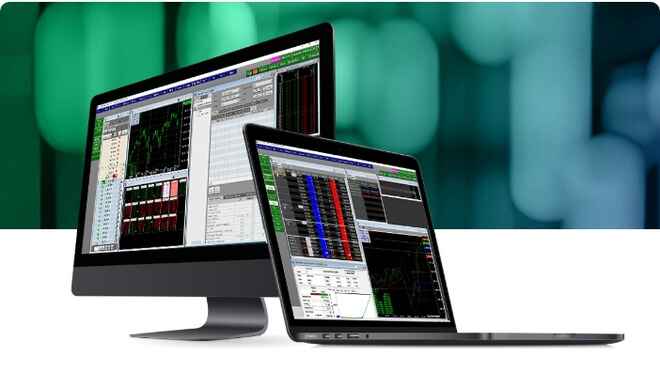Canadian Dollar Futures Markets
The Canadian dollar is one of the 8 most popularly traded currencies in the world and is one of the factors that led to Canada replacing Russia as the 9th largest economy in the world. The GDP of Canada currently sits at $2.117 trillion as of 2024. Canada’s GDP is heavily boosted by their activity in exports and manufacturing. The backbone of Canada’s exports are merchandising exports which account for ~68%.
The Bank of Canada (BoC) is the entity held responsible to surveying and keeping track of Canada’s monetary policy and the value of the Canadian dollar. The BoC keeps a watchful eye the fluidity of world commodity prices because resources are such an integral part of Canada’s economy. Due to this, worldwide commodity prices greatly influence the value of the Canadian dollar.
Canadian Dollar Futures – Contract Specs
| Contract Symbol | Contract Units | Price Quotation | Trading Exchange | Trading Hours | Tick Value |
| 6C | 100,000 CAD | U.S. dollars and cents per CAD increment | CME GLOBEX | 18:00 – 17:00 | 0.00005 per CAD increment = $5.00 |
Canadian Dollar Futures History
The Canadian dollar has been the main currency of Canada since 1858 when it replaced the Canadian pound. The Canadian dollar was originally pegged to the U.S. dollar using the gold standard of one dollar equaling 23.22 grains of gold. Although originally pegged to the U.S. dollar, in 1950 the Canadian dollar become the first currency allowed to float, it was then pegged back to the U.S. from 1962-1970 but has been floating ever since.
Canadian Dollar Futures Facts
CAD futures can be traded on the futures market in both full-size contracts (100,000 CAD) and e-mini contracts (10,000 CAD). However, CAD futures may only be traded in e-mini size contracts 2 months out of the March quarterly cycle. The CAD is often influenced by the price of oil and because of this is considered a commodity currency.
Trading Canadian Dollar Futures
- In some foreign markets the CAD is also referred to as the “loonie”
- CAD futures can be traded twenty months in the march quarterly cycle (Mar, June, Sep, Dec)
- The USD/CAD has recently been affected by speculation over possible changes to NAFTA
- The US is Canada’s largest trade partner by a large margin, because of this relationship the CAD is sensitive to changes in the USD
- CAD is the 6th most commonly held currency
RJO University
Gain the knowledge and skills to trade futures with confidence. Access in-depth guides, market analysis, and actionable insights. Whether you’re a novice or seasoned trader, our century of industry experience empowers you to navigate complex markets and make informed decisions. Start your journey with RJO’s trusted expertise.
 Agriculture Futures
Agriculture Futures
Fundamental Economic Reports
 Currency Futures
Currency Futures
Successfully Investing in Dollar Index (USDX) Futures in a Few Easy Steps
 Canadian Dollar Futures
Canadian Dollar Futures
Trading Currency Futures
 Currency Futures
Currency Futures


